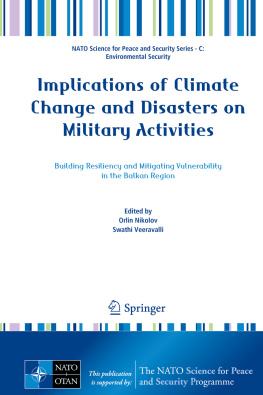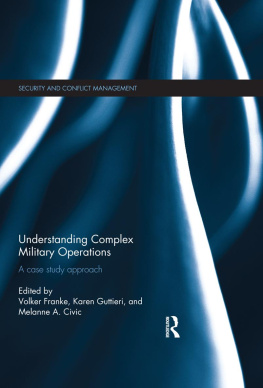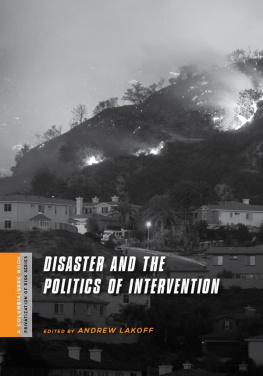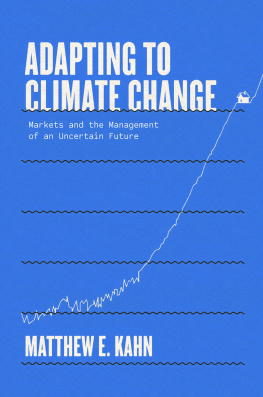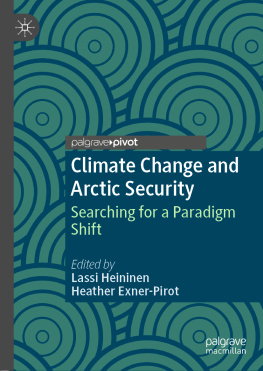Introduction
Do you know what main terms in crisis and disaster management (C&DM) field exactly mean? If Yes, do you believe that your counterparts have the same understanding to them? If No, do you think that you speak one and the same language? I, personally, would answer No to all of these questions and because of that the present article was written.
Terminology refers to terms and their use. In the other hand, terms are words, composite words, and/or multiword expressions that in specific contexts are given specific meanings. The context defining is vital to be done in the very beginning of the terms usage, while the article terms usage context will be specified later on. Every single subject area terminology is a toolbox that the subject matter experts (SMEs) in that field use in order to communicate and to understand each other. It sounds logical but the real life is not like this, and C&DM field is not an exception using of all main terms in it is not unique, unambiguous, and clear. One of the main reasons is the complexity of the matter and lack of consensus into the academia and among the different institutions dealing in the field for the meaning of main terms and definitions. We should also take into account the fact that all the abovementioned institutions are relatively conservative and inert in regard to any changes. Quite often, they follow complex interests and, respectively, consensus achievement is hard even impossible. Good example is North Atlantic Treaty Organization (NATO). In its Glossary of Terms and Definitions (AAP-06, 2015), the alliance has not pointed out a definition of one of the main terms the organization uses related to one of its core tasks, namely, crisis . This document gives a definition for crisis management and is quite logical to ask how to manage something that is not clearly defined. I personally, taking part in various discussions, mainly into security field, ask for the definitions that my collocutor(s) uses in his/her work, and till now I have not received a clear answer. It could be understood pretty well because there is no a single document that describes all main C&DM definitions in clear and logically connected manner.
There are fractional exceptions to this, and a good example is the UNISDR. The document gives definitions for main terms, but there are some discrepancies and overlapping which are confusing to me. The new version of the document, or the group that develops the new edition, promises that it will be so precise as to meet main requirements for at least the next decade. However, reading draft version of the document, which will be adopted by the end of 2016, the same mixed approach could be seen. The main weakness could be found there is that no one tries to point out a specific context (point of view/perspective) and to try to connect terms with each other. In this regard, the next few pages could be seen as a possible solution and does not pretend to be exhausted in its content but to set a solid basis for thinking, discussion, and debate.
A New Story of Tower of Babel
Before we start with term explanations, we should set out a perspective or point of view in other words, in which context C&DM terms will be discussed later on. It is substantial because it is a standpoint our ground zero in this article. Discussing all of the terms and their definitions, we should assume that we do that from governmental, national, and managerial level. In other words, how different events influence the governance and continuity of government and its mechanisms of power applying; how structures of power interact with the security environment how such events affect national security level.
Security / national security is the first term I am going to discuss and deem fundamental in the field due to the fact it gives basis to the topic. Security is a dynamic state in which system (total of interacting parts) existence and interests are guaranteed. This system must be alive with all its characteristics to exist following its own regulations, to be capable to provide a feedback, and to be able to adapt itself to the environmental changes. In this case, the system should be considered as a group of interacting people a society. In order to be able to maintain the national security at desired state, the government must develop and maintain a national security protection system . This protection system should encompass at least (1) managerial bodies, (2) executive bodies, (3) coordination center(s), and (4) communication and information system (CIS).

